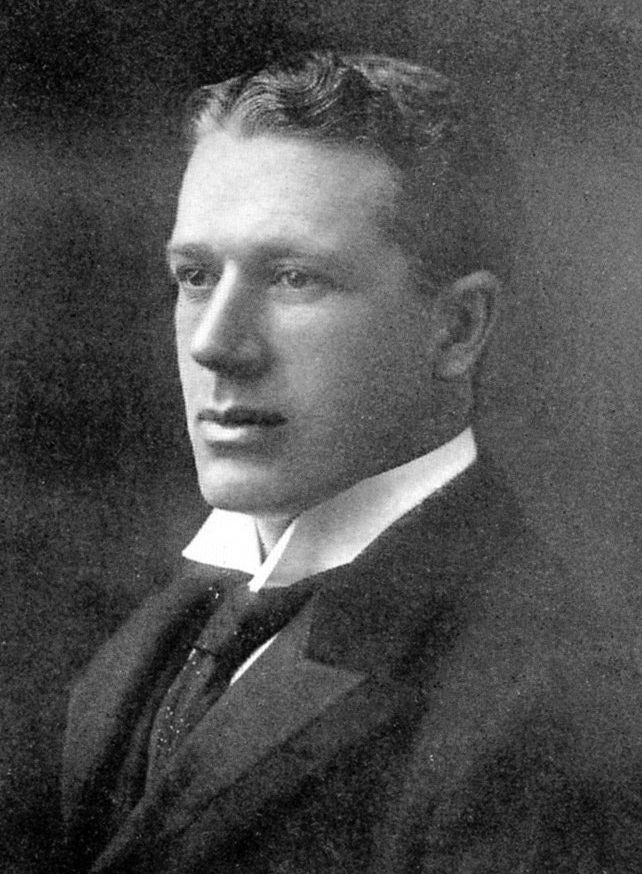Role Author Name Robert Muir | ||
 | ||
Died March 30, 1959, Edinburgh, United Kingdom Books Muir's Textbook of Pathology, Manual of Bacteriology | ||
Occupation Physician, pathologist | ||
Sir Robert Muir, FRS, FRSE, FRCP, FRCPE, RFPSG (5 July 1864 – 30 March 1959) was a Scottish physician and pathologist who carried out pioneering work in immunology, and was one of the leading figures in medical research in Glasgow in the early 20th century.
Life
The son of a United Presbyterian minister (who died when Muir was 18), he studied at the University of Edinburgh, where he obtained an MA degree in 1884 and an MB CM degree with first-class honours in 1888. Subsequently, he qualified as a medical practitioner by receiving his MD degree in 1890.
Muir was a lecturer in bacterial pathology at Edinburgh University (1894–98), and was briefly a professor in pathology at St Andrews University (Dundee) (1898–99). He spent most of his career as professor of pathology at Glasgow University (1899–1936), where he became recognised as one of the world's leading authorities in pathology, especially blood cell disorders and breast cancer. During the period 1909 to 1911 he was assisted by John William McNee. He was made LLD (Doctor of Laws) in 1937, and then served as Dean of Faculties from 1946 to 1949.
His publications included an early collection of papers on immunology, Studies in Immunity (1909, London, Oxford University Press), followed by Text-book of Pathology (1924). The latter, originally published by Edward Arnold, became a standard textbook in the field of pathology, and by 2008, under the imprint of Hodder Arnold Publication, it had reached a 14th edition, known as Muir's Textbook of Pathology.
Muir was elected a fellow of the Royal Society in 1911, and of the Royal Society of Edinburgh in 1916. He was a member of the Royal Society of Medicine and of the Pathological Society. He was awarded the Royal Society's Royal Medal in 1929 ("For his contributions to the science of immunology"). He received many honorary degrees, including the D.Sc. in 1934. He was awarded the Lister Medal in 1936 for his contributions to surgical science. The corresponding Lister Memorial Lecture, titled 'Malignancy with illustrations from the pathology of the mamma', was published later that year. In later life, he served in several positions in the Royal Society of Edinburgh. He was on the council from 1944 to 1947, and was vice-president from 1950 to 1953.
During World War I he served as a lieutenant colonel in the Royal Army Medical Corps, overseeing pathological and bacteriological work at Scottish hospitals. He was also inspector of laboratories in Scotland. Muir was knighted in 1934.
He died in 1959, at the age of 94. He is buried with his sister, the artist Anne Davidson Muir in the northern 20th-century extension to Dean Cemetery in western Edinburgh.
